Gray Dogwood Tree
- June 30, 2023
- 0 comment
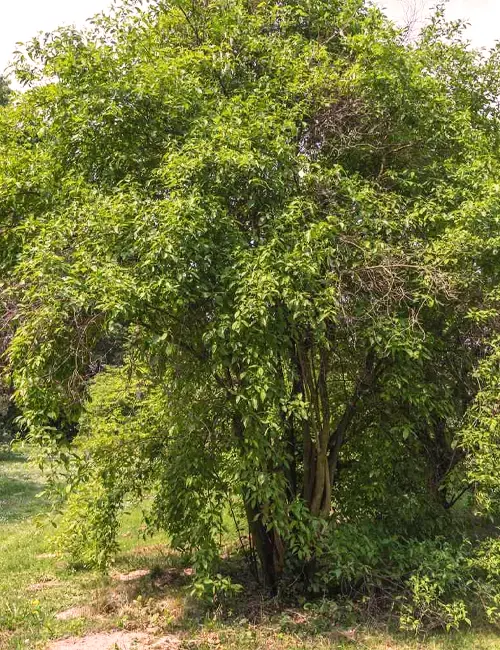
Common Name: Gray Dogwood Tree
Botanical Name: Cornus racemosa
Family: Cornaceae
Plant Type: Deciduous shrub/tree
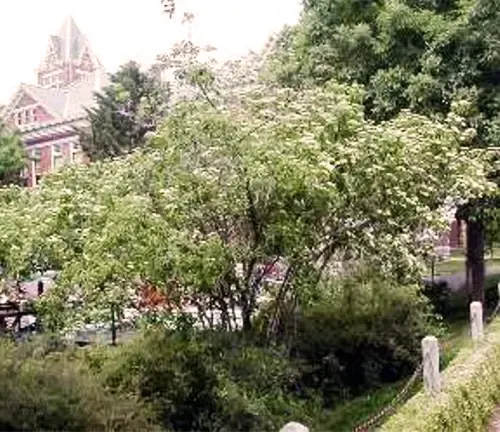
Mature Size and Growth Rate
The Gray Dogwood tree is a medium-sized shrub that can reach a height of 10 to 15 feet (3 to 4.5 meters) and a spread of 10 to 12 feet (3 to 3.6 meters). It has a moderate growth rate, with an average increase of about 1 to 2 feet (30 to 60 centimeters) per year.

Soil Type and Preference
Gray Dogwood trees are adaptable to a wide range of soil types. They prefer moist, well-drained soils but can tolerate a variety of soil conditions, including sandy or clay soils. They are also tolerant of both acidic and alkaline pH levels.

Hardiness Zones
Gray Dogwood trees are native to North America and are hardy in USDA hardiness zones 3 to 8. They are well-suited to thrive in regions with cold winters and hot summers.

Sun Preference
While Gray Dogwood trees can tolerate partial shade, they prefer full sun exposure for optimal growth and flowering. They can also grow in areas with dappled shade, but excessive shade may limit their flowering potential.

Attributes and Characteristics
The Gray Dogwood tree may not boast vibrant flowers or showy foliage, but it has its own unique charm.
- Bark: The tree’s grayish-brown bark adds visual interest, especially during the winter months when other plants are dormant.
- Flowers: In late spring to early summer, the Gray Dogwood produces small clusters of creamy white flowers. These flowers attract pollinators like bees and butterflies.
- Fruit: Following the flowers, the tree bears small clusters of bluish-white berries in late summer to early fall. These berries are a valuable food source for birds and other wildlife.
- Foliage: The Gray Dogwood’s leaves are ovate, opposite, and medium to dark green in color. They turn purplish-red in the fall, adding a touch of autumnal beauty to the landscape.
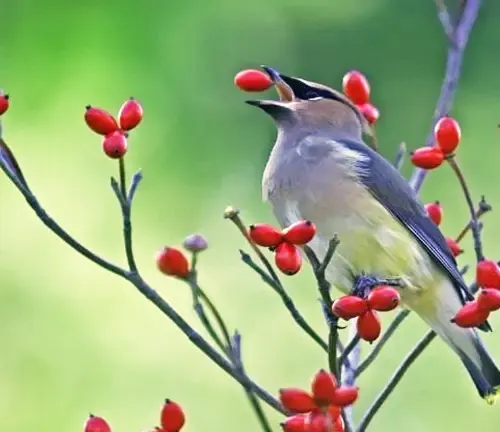
Wildlife Value
The Gray Dogwood tree provides significant wildlife value. Its flowers attract pollinators, while its berries serve as a valuable food source for birds. The dense branching structure of the tree also offers shelter and nesting sites for birds.
Gray Dogwood Tree Care
Gray Dogwood trees are relatively low-maintenance once established. Here are some care guidelines to ensure their health and vitality:
- Watering: Provide regular watering, especially during dry periods, to help the tree establish its root system. Afterward, it can tolerate periods of drought.
- Fertilization: In most cases, Gray Dogwood trees do not require regular fertilization. However, if the tree appears weak or lacks vigor, a balanced fertilizer can be applied in early spring.
- Pruning: Prune the tree during late winter or early spring to remove dead or damaged branches, maintain a desirable shape, and encourage new growth. Avoid excessive pruning, as it may reduce berry production.
- Mulching: Apply a layer of organic mulch around the base of the tree to conserve moisture, suppress weeds, and regulate soil temperature.
Benefits
The Gray Dogwood tree offers several benefits for both the environment and gardeners:
- Erosion Control: Its dense root system helps stabilize soil, making it effective for erosion control on slopes or in areas prone to erosion.
- Wildlife Habitat: The tree’s flowers and berries attract pollinators and provide a valuable food source for birds, enhancing biodiversity.
- Landscaping Appeal: While it may not have showy flowers, the Gray Dogwood’s attractive bark, fall foliage color, and fruit clusters make it a visually appealing addition to naturalized landscapes or mixed shrub borders.
Invasive
The Gray Dogwood tree is not considered invasive. It is a native species that contributes positively to ecosystem functions.
Lifespan
Under favorable conditions and proper care, Gray Dogwood trees can live for approximately 20 to 30 years. However, some trees have been known to persist for much longer with adequate maintenance.
Disadvantage
One potential disadvantage of Gray Dogwood trees is their tendency to spread through suckering. This means they can produce new shoots from their roots, potentially forming thickets. Regular monitoring and control measures can help prevent excessive spreading in managed landscapes.
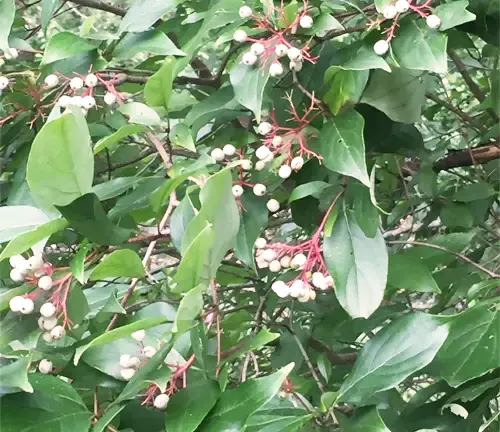
Edible or Not
While the berries of the Gray Dogwood tree are not toxic, they are not typically consumed by humans. However, they are an important food source for birds and other wildlife.
Habitat Requirements
Gray Dogwood trees are adaptable to various habitats and can tolerate both wet and dry soil conditions. They are commonly found in woodlands, forest edges, stream banks, and disturbed areas.
Name Origin
The common name “Gray Dogwood” refers to the tree’s grayish bark color. The genus name “Cornus” is derived from the Latin word for “horn,” possibly due to the hardness and density of the tree’s wood.
Varieties
There are no distinct cultivars or varieties of Gray Dogwood currently recognized, but natural variation in the species can occur.
Pruning
Pruning Gray Dogwood trees is generally minimal, focusing on the removal of dead or damaged branches and shaping the tree if necessary. It’s important to avoid heavy pruning, as this can reduce berry production.
Propagating
Gray Dogwood trees can be propagated through various methods, including seed propagation, root cuttings, and softwood cuttings. However, keep in mind that propagating from seeds may result in variations in plant characteristics.

Common Pests & Diseases
Gray Dogwood trees are relatively resistant to most pests and diseases. However, they may be susceptible to leaf spot diseases, powdery mildew, cankers, and twig borers. Regular monitoring and proper cultural practices can help minimize these issues.
Fun Facts:
- Gray Dogwood trees are often used in naturalistic landscaping and wildlife habitat restoration projects due to their environmental benefits.
- The berries of Gray Dogwood can persist on the tree throughout winter, providing a source of food for birds during the colder months.
- The flexible branches of the Gray Dogwood were once used by Native Americans to make baskets and other woven items.
Frequently Asked Questions:
- Can Gray Dogwood trees be grown in containers?
While Gray Dogwood trees can be grown in containers when young, they are best suited for open landscapes due to their potential size and spreading habit. - Do Gray Dogwood trees require cross-pollination to produce berries?
No, Gray Dogwood trees are self-fertile, meaning they can produce berries without the need for cross-pollination. - Are Gray Dogwood trees suitable for urban environments?
Gray Dogwood trees can tolerate urban conditions reasonably well, including pollution and compacted soils. However, they may not perform optimally in highly urbanized areas with limited space and excessive shade. - Can Gray Dogwood trees be used for erosion control?
Yes, Gray Dogwood trees are often utilized for erosion control due to their dense root system, which helps stabilize soil on slopes or in areas prone to erosion. - Are the berries of Gray Dogwood trees toxic to pets?
While the berries are not considered toxic, it’s generally advisable to prevent pets from ingesting them, as they may cause gastrointestinal discomfort. - Are grey dogwood berries edible?
Grey dogwood berries are not edible for humans and may cause mild discomfort, but they are a good food source for birds and wildlife. - Are grey dogwood berries poisonous?
Grey dogwood berries are mildly toxic to humans but not highly dangerous. It’s best to avoid eating them, though they’re safe for birds and wildlife. - How to eradicate grey dogwood?
To eradicate grey dogwood, cut it down and apply herbicide to the stumps. Repeated cutting or professional herbicide treatments may be needed for full control.
In conclusion, the Gray Dogwood tree is a versatile and resilient species that offers subtle beauty and numerous benefits for the environment. Its adaptability, wildlife value, and erosion control capabilities make it a valuable addition to various landscapes. With proper care and attention, the Gray Dogwood tree can thrive and provide enjoyment for many years to come.




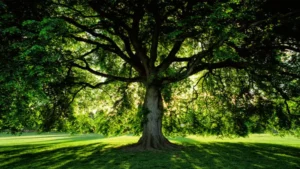
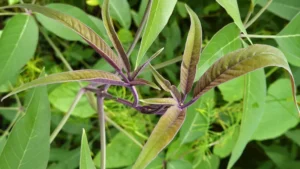
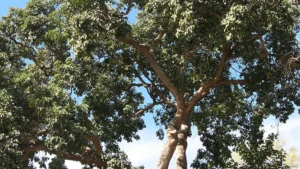
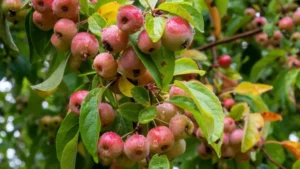

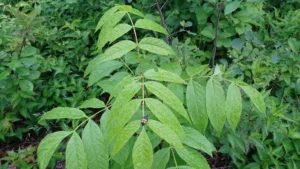


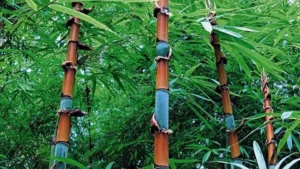
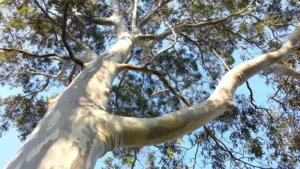
Leave your comment